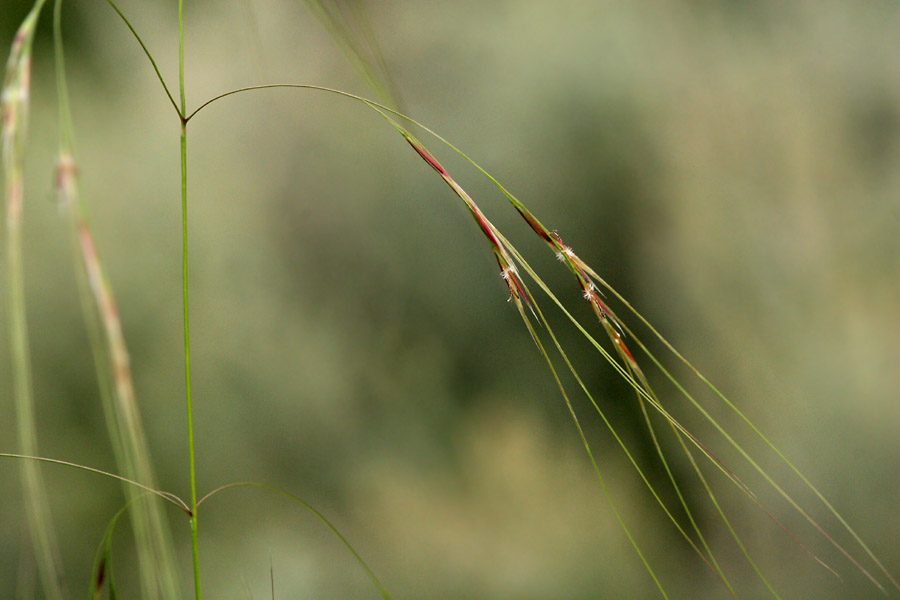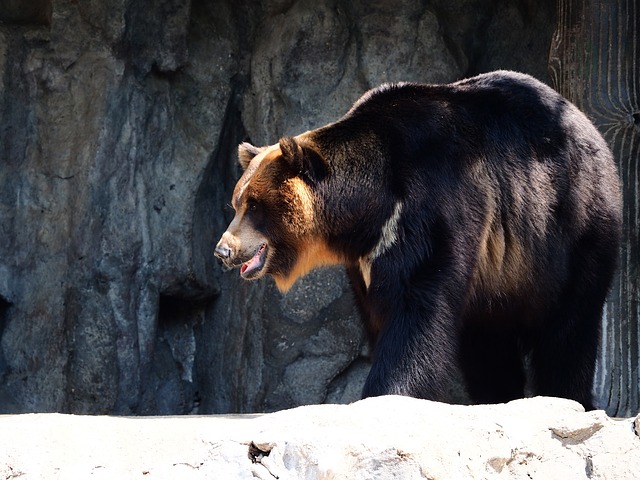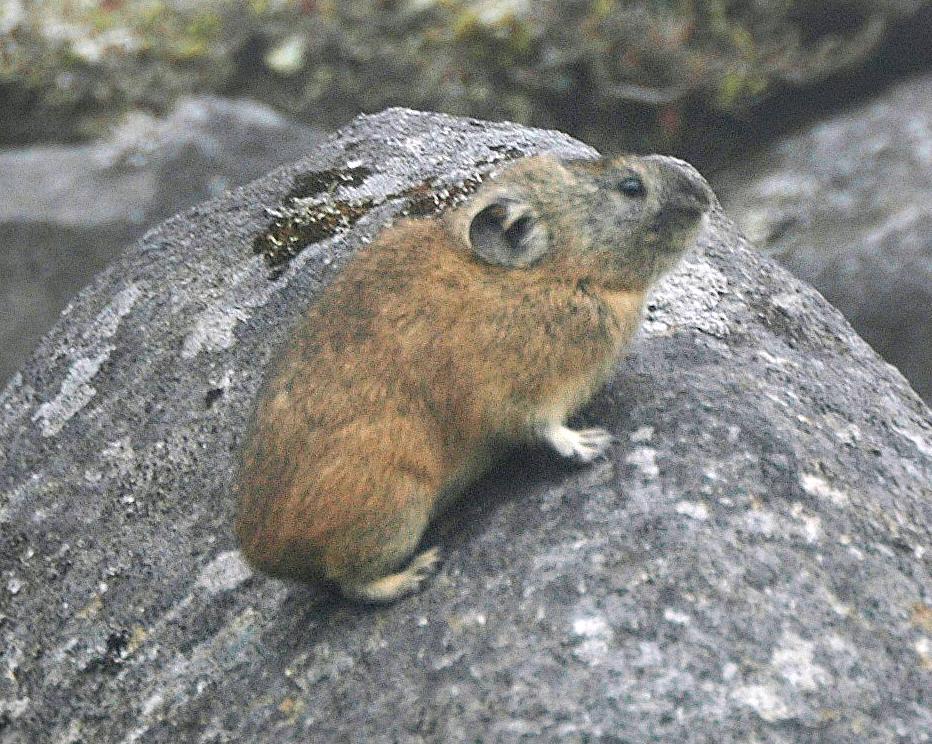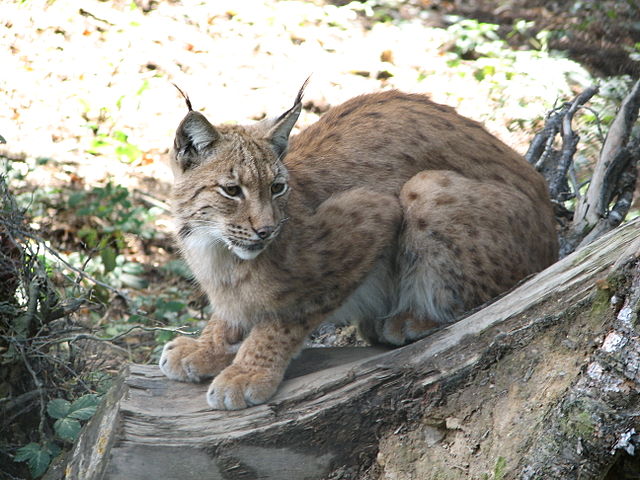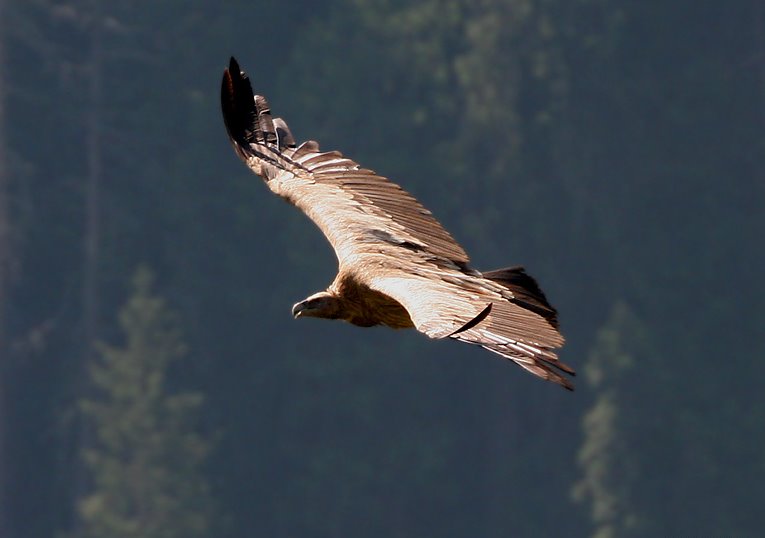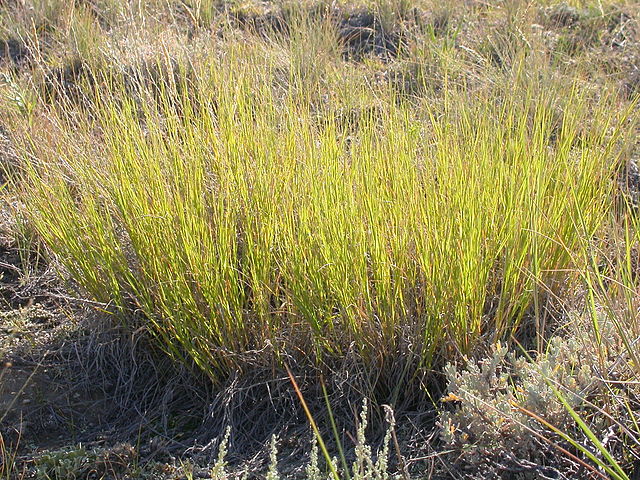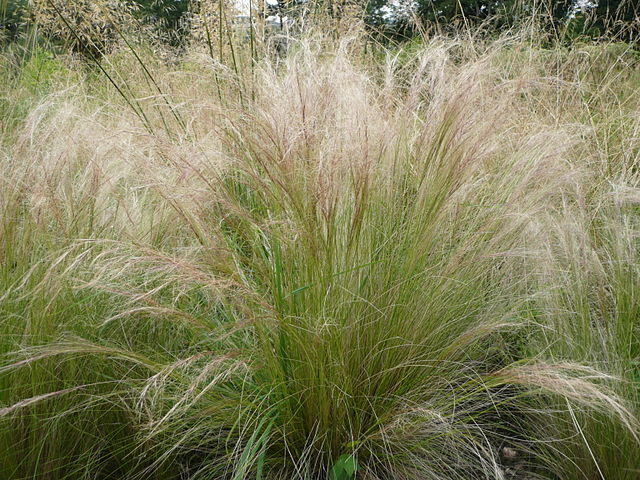MONTANE GRASSLAND AND SHRUBLAND
LOCATIONS
This biome includes the Puna and Paramo in South America, Subalpine Heath in New Guinea and East Africa, Steppes of the Tibetan plateau, as well as other subalpine habitats around the world. They tend to be located in tropical, subtropical, and temperate regions around the world. The Montane Grasslands and Shrublands biome is composed of 48 ecoregions.
BASIC DESCRIPTION
High elevation (montane and alpine) grasslands and shrublands. The plants and animals of tropical Montane Paramos display unique adaptations to cool, wet conditions and intense sunlight. Some of these adaptations include rosette structures, waxy surfaces, and abundant pilosity (hairiness.) Some plant forms can reach elevations of 4,600 meters above sea level (15,092 feet). Drier subtropical Montane Grasslands, Savannas and Woodlands include Ethiopian Highlands, the Zambezian Montane Grasslands and Woodlands, and the Montane habitats of Southeastern Africa. The Montane Grasslands of the Tibetan Plateau support intact migrations of Tibetan antelope (Pantholops hodgsoni) and Tibetan wild donkey (Equus hemionus). These areas display high species diversity between isolated montane areas (ecological islands) and altitudinal gradients.
REPRESENTATIVE SPECIES
Some of the unique species in tropical Paramos include the presence of giant rosette plants from families such as Lobelia (Africa), Puya (south America), Cyathea (New Guinea), and Argyroxiphium (Hawaií). The Tibetan plateau supports migrations of Tibetan antelope (Pantholops hodgsoni) and Kiang or Tibetan wild donkey (Equus hemionus). In Madagascar, this forest is represented by an Ericoid thicket dominated by the following families: Asteraceae (Psiadia spp., Helichrysumspp., Stoebe spp., Stenocline spp.), Ericaceae (Erica spp., Agauria spp., Vaccinum spp.), Podocarpaceae (Podocarpus spp.), Rhamnaceae (Phylica spp.) and Rubiaceae plant families. Rock outcrops host drought-tolerant flora, including Aloe spp., Kalanchoe spp., and Helichrysum spp. Plants that grow on rock outcrops are less threatened than other ericoid thicket species because the rocky areas block the local passage of fire. One unique species is Sedum madagascariense (Crassulaceae).
KEY DESIGN CONSIDERATIONS
Incorporate large landscapes so that large vertebrates can continue to track widely distributed seasonal or scarce resources
Provide water and riparian vegetation, which are important for wildlife in drier regions
Minimize plowing, overgrazing, and excessive burning



